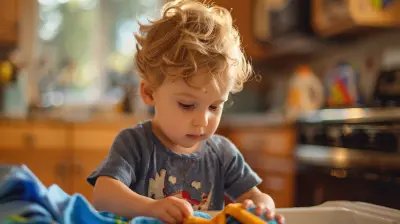Cultivating Self-Regulation Skills in Preschoolers
21 July 2025
Let’s face it—parenting a preschooler can feel like trying to reason with a tiny tornado. One moment they’re giggling over a crayon drawing, the next they’re melting down because the banana broke in half. Sound familiar?
If it does, don't worry—you’re not alone. Those unpredictable emotional outbursts and spur-of-the-moment impulses are actually developmentally appropriate. But here's the good news: preschoolers can learn to manage their emotions and behaviors. Yep, that’s self-regulation in action.
In this post, we're diving deep into how you can help your little one cultivate essential self-regulation skills. We’ll unpack what it means, why it matters, and—most importantly—how you, as a parent or caregiver, can encourage it without losing your sanity.
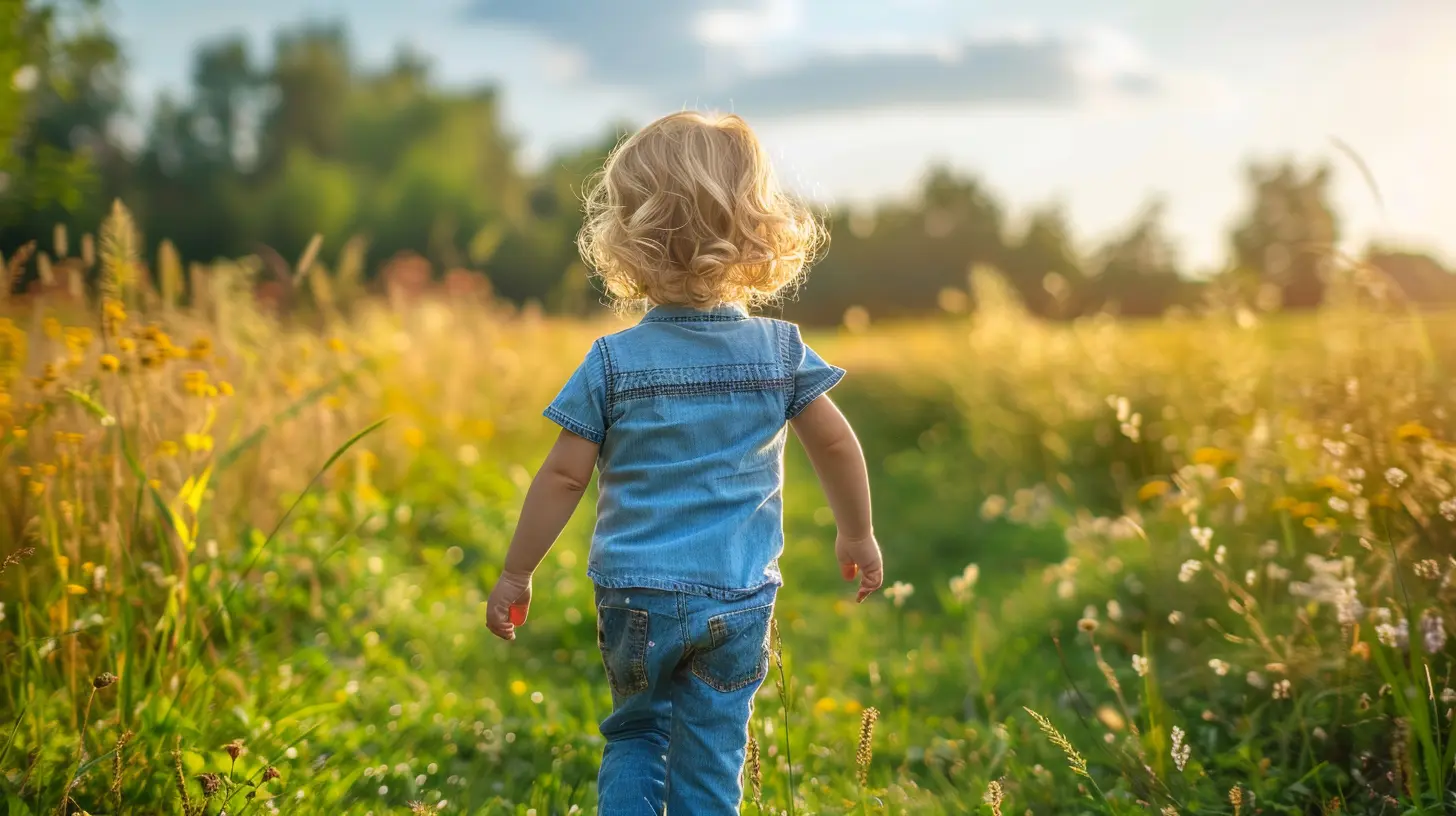
What Is Self-Regulation Anyway?
Let’s break it down. Self-regulation is your child’s ability to manage their emotions, behavior, and thoughts in a way that’s appropriate to the situation. Think stopping themselves from throwing toys when they’re mad or waiting patiently in line for their turn.It’s that invisible muscle that helps them navigate frustration, excitement, and even boredom.
But here's the kicker—it doesn’t come naturally. Just like learning to ride a bike or tie shoelaces, self-regulation takes practice, guidance, and support.
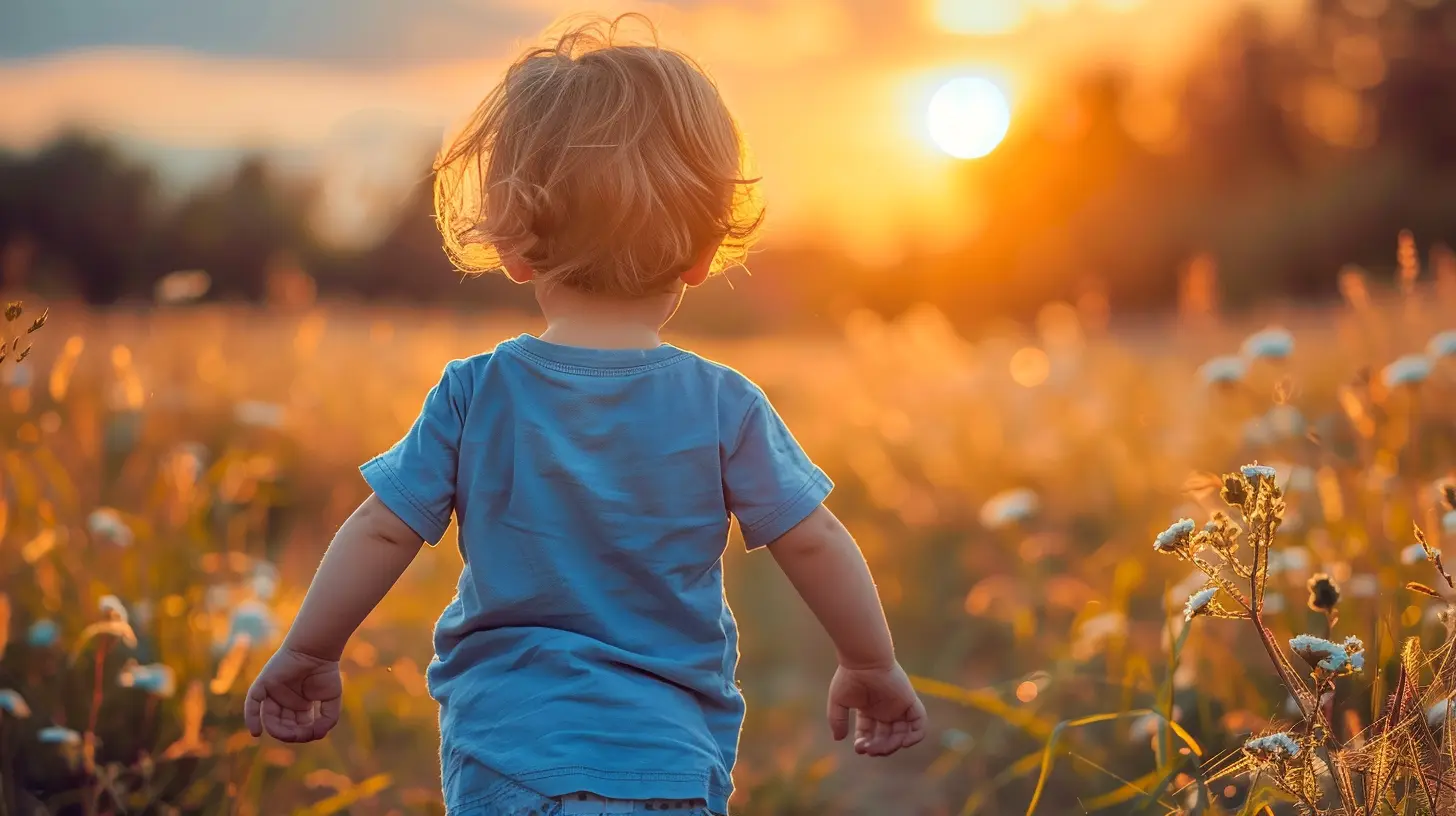
Why Is Self-Regulation Important in Preschoolers?
Picture this: your child is playing with a group of other preschoolers. Suddenly, another kid grabs the toy they were using. Now, your preschooler has two choices—snatch it back or take a deep breath and ask politely for a turn.That decision? It’s self-regulation in motion.
Developing strong self-regulation skills early on helps kids:
- Handle big feelings without melting down
- Form better relationships with peers and adults
- Improve focus and attention (especially helpful later in school)
- Make safer, more thoughtful choices
Basically, it lays the foundation for social, emotional, and academic success. And what parent wouldn’t want that?
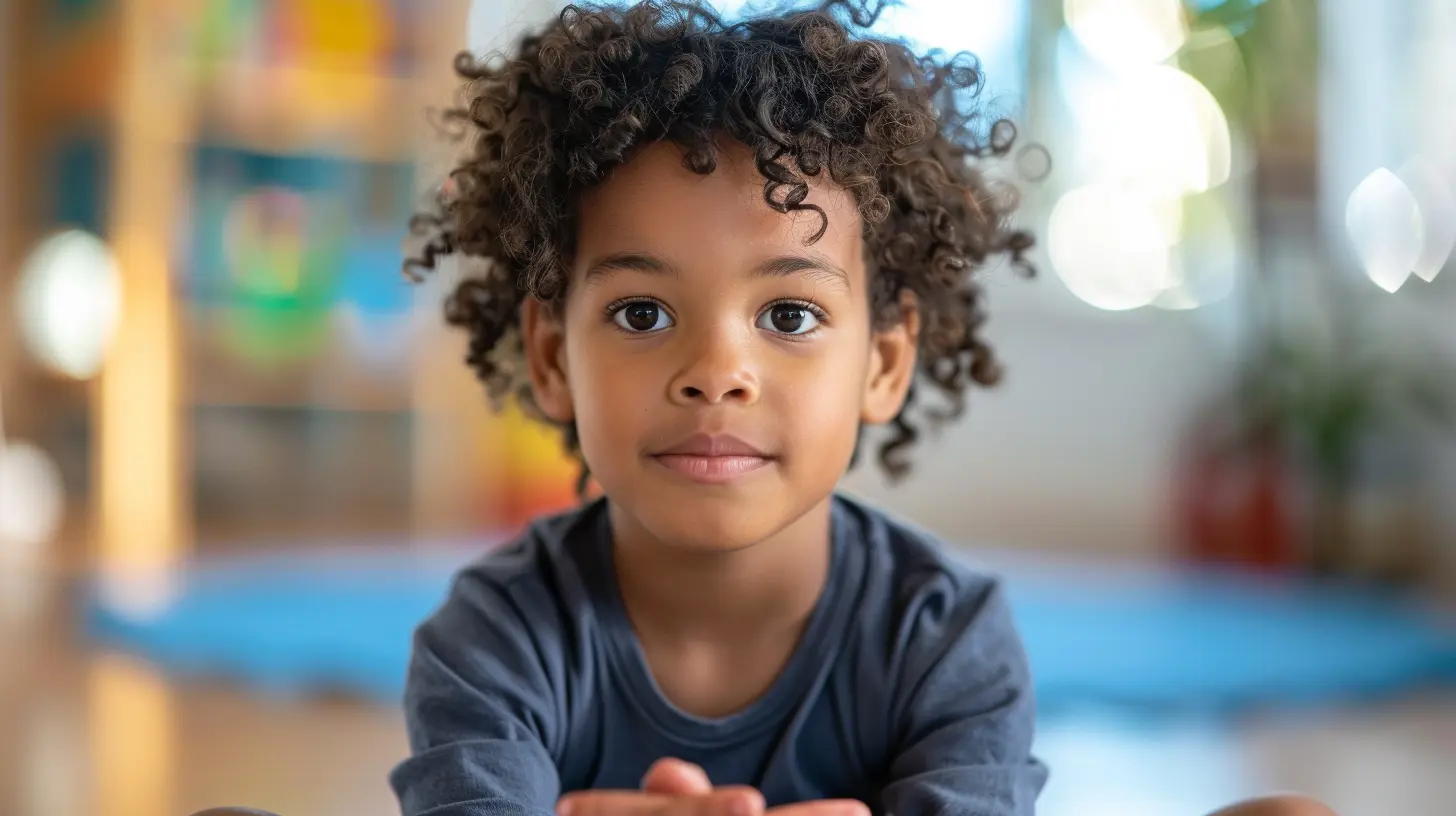
When Do Kids Start Developing Self-Regulation?
Believe it or not, self-regulation begins in infancy and grows like a snowball from there. By the time kids hit preschool (around ages 3 to 5), they’re starting to develop more awareness around their emotions and behaviors.Now, that doesn’t mean they’ll master it overnight—far from it. But during the preschool years, kids are primed to build these skills with the right tools and support.
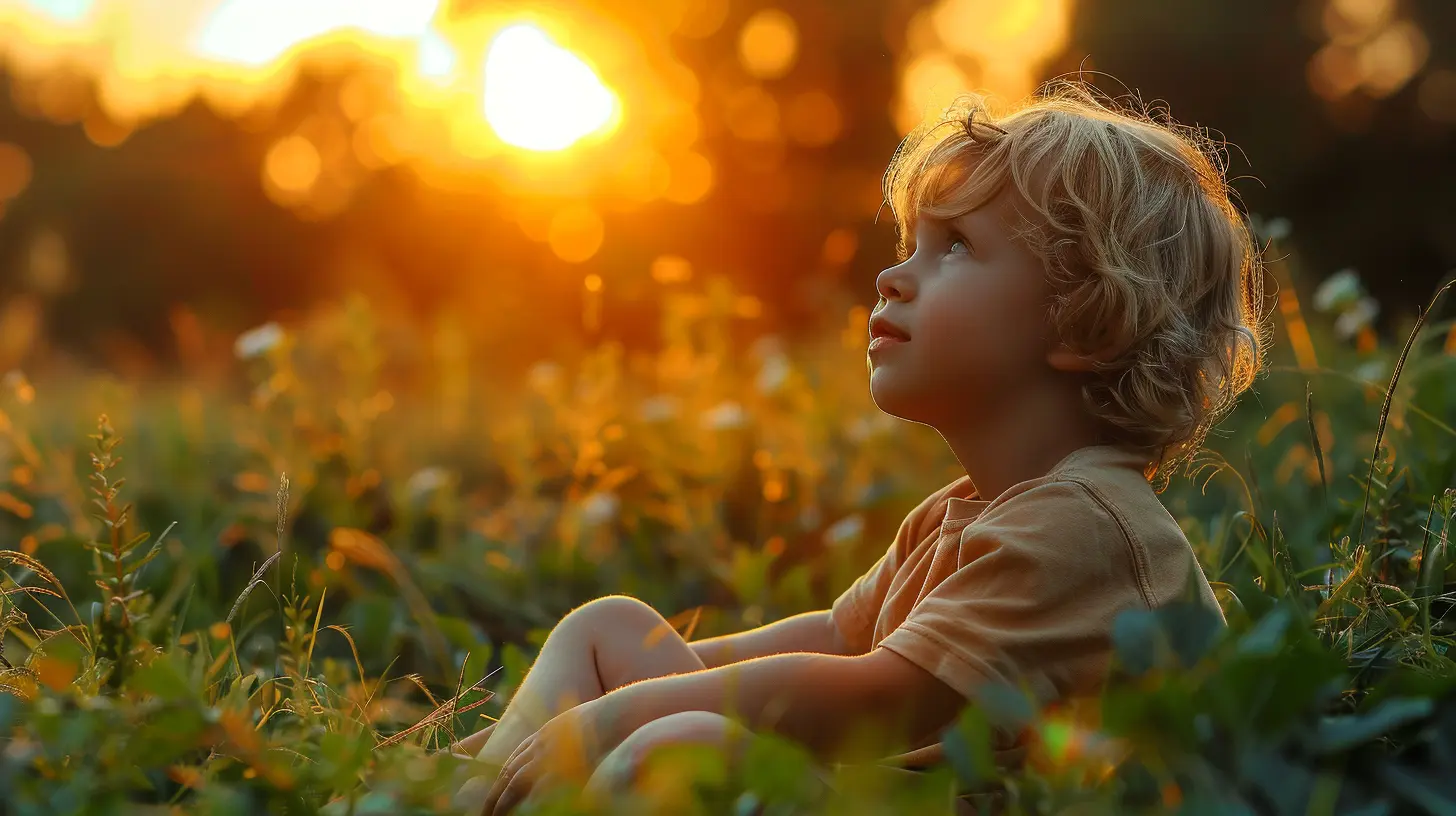
Signs Your Preschooler Is Building Self-Regulation
You might be wondering, "How do I know if my child is developing self-regulation skills?"Look out for these encouraging signs:
- They pause before acting (even if it’s just for a second!)
- They can follow simple rules and routines
- They recover more quickly from disappointment
- They start using words to express feelings
- They’re learning to wait their turn (kind of)
Celebrate these little wins—they’re the building blocks of emotional intelligence.
How to Help Your Preschooler Develop Self-Regulation
Ready to nurture your child’s emotional growth? Here’s where the magic happens. These practical strategies aren’t just helpful—they’re totally doable, even on those chaotic, spill-milk kind of days.1. Model Self-Regulation Yourself
Let’s be real—kids are like emotional sponges. If they see you staying calm under pressure, they’re more likely to mimic that behavior. So when you're stuck in traffic or dealing with a frustrating day, talk it through.For example:
> “I'm feeling frustrated because we’re running late, but I’m going to take a deep breath and handle it calmly.”
You’re teaching through your actions, and trust me, they’re watching.
2. Create Predictable Routines
Preschoolers thrive on structure. When kids know what to expect, they feel secure—and that helps them manage their emotions better.Set regular times for waking up, meals, naps, and bedtime. Keep transitions smooth with heads-up warnings like:
> “In five minutes, it’s time to clean up and get ready for bed.”
It’s amazing how much smoother things go when kids aren’t surprised by sudden changes.
3. Teach About Emotions (Name It to Tame It)
You can’t regulate what you don’t understand. Help your child learn to identify their feelings by naming emotions as they happen.Like this:
> “It looks like you’re feeling really angry because your block tower fell.”
Books, emotion cards, and songs are great tools for helping preschoolers connect the dots between their feelings and behaviors.
4. Practice Deep Breathing and Calming Tools
When emotions run high, it’s important for kids to know how to slow down. Teach them simple techniques like:- Taking deep "belly breaths"
- Squeezing a stress ball
- Counting to 10
- Going to a quiet corner
Make it fun! Pretend you're blowing up a balloon or blowing out birthday candles. The sillier, the better—it keeps them engaged.
5. Use Play to Build Self-Control
Playtime isn’t just for fun (though that’s a huge bonus!). It’s actually the perfect setting to practice self-regulation.Try games like:
- Simon Says – Requires listening and impulse control.
- Red Light, Green Light – Helps with stopping and starting on cue.
- Freeze Dance – Encourages focus and movement regulation.
Games like these are sneaky little teachers!
6. Validate Their Feelings
Even if your child’s reaction seems “over the top,” their feelings are very real to them. Instead of dismissing or scolding, try empathizing.> “I can see how upset you are. It’s hard when we can’t have what we want.”
Validation builds trust and shows them it’s okay to feel, but not to act out in harmful ways.
7. Set Age-Appropriate Limits
Boundaries are like the training wheels of emotional development—they offer guidance while your child learns balance.Be consistent but gentle. Instead of just saying “no,” explain why:
> “I can’t let you throw toys because someone could get hurt. Let’s find a safe way to let out your energy.”
Limits teach cause and effect—and they’re essential for self-regulation growth.
8. Encourage Problem-Solving
Rather than jumping in to fix every issue, help your preschooler brainstorm solutions.Next time there's a squabble over a toy, try:
> “Hmm, you both want the same truck. What can we do to solve this?”
Give them space to come up with ideas. The goal is to guide, not control.
9. Celebrate Progress (Not Perfection)
Let’s be honest—preschoolers will have off days. But it’s the effort that counts.When your child shows patience, uses their words, or takes a deep breath instead of lashing out, praise it!
> “Wow! You stayed so calm when we had to leave the playground. That was amazing self-control!”
Positive reinforcement goes a long way in reinforcing good habits.
10. Stay Patient (It’s a Journey!)
Remember, building self-regulation is a slow and steady process. There will be tantrums. There will be setbacks. But every moment is a chance to grow—for both of you.Keep showing up with love, empathy, and a healthy dose of humor. You’ve got this.
What If My Child Struggles More Than Other Kids?
Every child is different, and some may need more support than others. If your preschooler seems to struggle significantly with emotions, impulses, or focus, talk to your pediatrician. There may be underlying issues at play, and early intervention can make a world of difference.In the meantime, don’t compare your parenting journey to anyone else’s. Social media can show you the highlight reels, but real life? It’s messy, loud, and unpredictable—and that’s okay.
Final Thoughts: You're Their Safe Harbor
At the end of the day, cultivating self-regulation skills in preschoolers isn’t about turning them into perfectly behaved little robots. It’s about helping them understand and manage their big feelings in a safe, supportive environment.You are your child’s safe harbor—the person they’ll return to when the emotional waves get too rough. And by teaching them how to weather those storms with resilience, calm, and understanding, you’re giving them a gift that will last a lifetime.
So breathe deep, trust your instincts, and remember—you’re doing better than you think.
all images in this post were generated using AI tools
Category:
Child DevelopmentAuthor:

Maya Underwood
Discussion
rate this article
1 comments
Marigold Cain
Great tips! As a parent, I love finding ways to help my little one navigate emotions. Self-regulation truly makes a difference in everyday life!
July 28, 2025 at 3:37 PM

Maya Underwood
Thank you! I'm glad you found the tips helpful. Supporting emotional navigation is key to your child's development!


